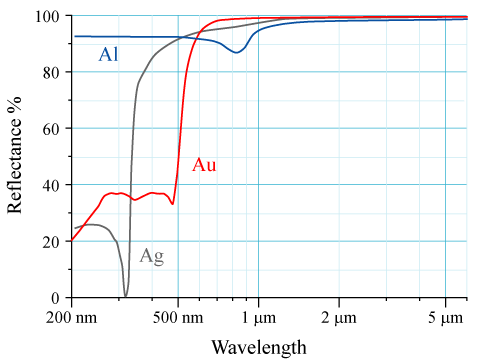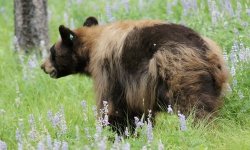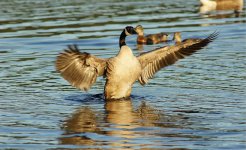oscar_hawk
Oscar_Hawk
Hi Guy's, This is my 1st thread on BF so appologies if this topic has been covered before. I have recently put together a digiscoping kit consisting of a Nikon RAll angled spotting scope with a 20x eyepiece and an EOS 40d. this gives me a magnifcation of 20 x 1.4 (28x)
I have been happy withe the results so far, for which I have used mirror lock to reduce camera shake at shutter release.
My dilema is, is digiscoping with only 20x eyepiece preferable to the expensive outlay of something such as a 300mm or 400mm telephoto lense.
Also, if digiscoping is preferable does anyone know where I could obtain a higher magnification eyepiece for the RAll, which I understand is no longer marketed by Nikon.
Cheers
I have been happy withe the results so far, for which I have used mirror lock to reduce camera shake at shutter release.
My dilema is, is digiscoping with only 20x eyepiece preferable to the expensive outlay of something such as a 300mm or 400mm telephoto lense.
Also, if digiscoping is preferable does anyone know where I could obtain a higher magnification eyepiece for the RAll, which I understand is no longer marketed by Nikon.
Cheers
Last edited:








